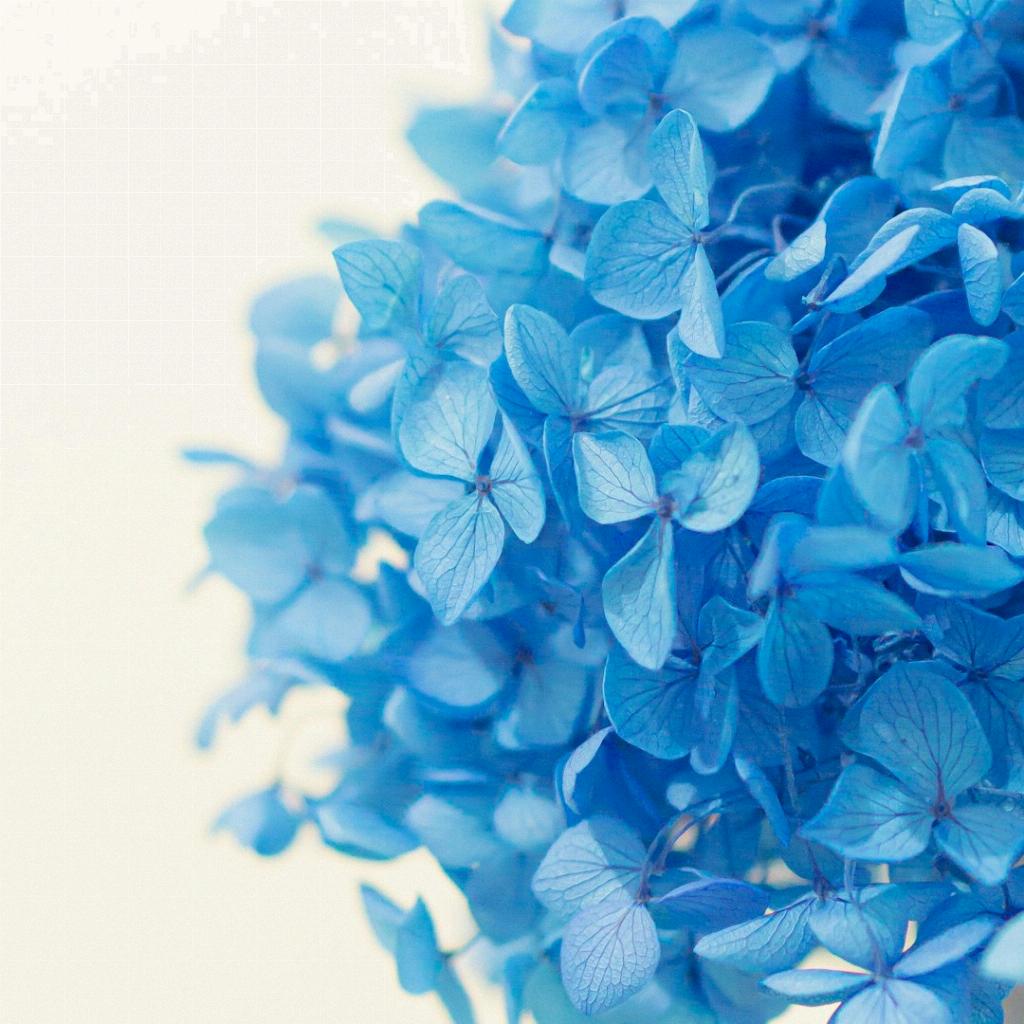When it comes to pruning your hydrangeas, one of the most important factors to consider is the timing of when you should do it. Generally, it is recommended to prune back the stems to just above a fat bud, known as a heading cut, in fall, late winter, or spring. The timing of your pruning can have a significant impact on the overall health and blooming potential of your hydrangea plant.
It’s crucial to identify the type of hydrangea you have before determining where to prune. For hydrangeas with conical-shaped flower heads, such as Hydrangea paniculata, pruning can be done more aggressively. In these cases, you can prune back the stems to a few inches above the ground to encourage new growth and abundant blooms.
For those with mophead or lacecap hydrangeas (Hydrangea macrophylla) that bloom on old wood, it’s best to avoid heavy pruning. These varieties set their flower buds in late summer and fall on the previous year’s growth. Cutting them back too much can result in fewer blooms the following season.
If you’re unsure about the specific type of hydrangea you have, observe the shape of the flower heads. Conical shapes indicate that your hydrangea is likely a paniculata variety, while round, flat heads suggest a macrophylla type. This visual cue can help you make informed decisions about where and how much to prune.
Another important consideration when deciding where to prune your hydrangea is whether you want to preserve the dried flower heads for winter interest in your landscape. The tan, papery blooms can add visual appeal to your garden during the colder months, so you may choose to delay pruning until late winter or spring to enjoy this natural decoration.
When making pruning cuts on your hydrangea plant, be sure to use sharp and clean tools to prevent damage and disease. Cut at a 45-degree angle just above a healthy bud to encourage new growth in the desired direction. Proper cutting techniques can help promote overall plant vigor and enhance blooming performance.
Remember that hydrangeas are resilient plants that can tolerate a range of pruning intensities. Don’t be afraid to experiment with different pruning techniques to find what works best for your specific plant and growing conditions. Regular pruning can help shape your hydrangea, improve air circulation, and encourage robust flowering each season.
Overall, the key to successful hydrangea pruning lies in understanding the unique needs of your plant and tailoring your cutting approach accordingly. By identifying the type of hydrangea, considering the bloom cycle, preserving winter interest, and using proper cutting methods, you can maintain a healthy and beautiful hydrangea garden that thrives year after year.

